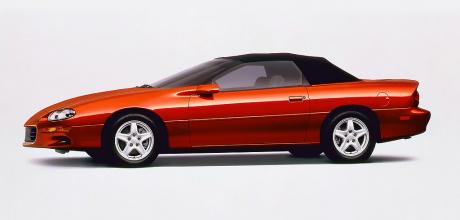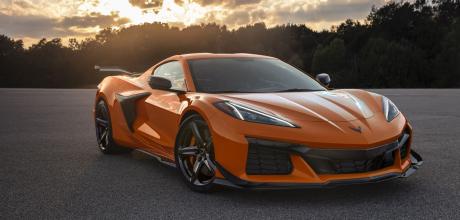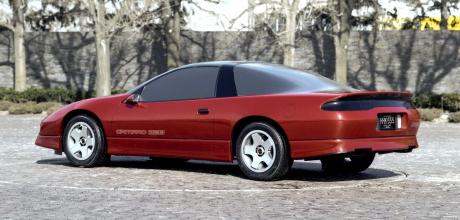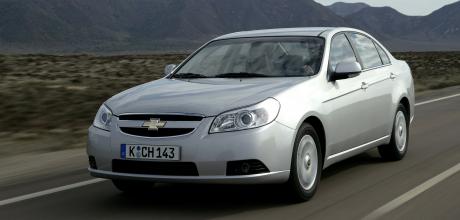Search by the «chevrolet» tag
Evans discusses whether late-1990s and early-2000s cars and trucks represent the last of their kind... Across the pondIn conversations I have among industry pundits and fellow enthusiasts, there seems to be more and more talk about classic cars becoming ever more sought after. I think a big reason for that is the current political push towards battery electric vehicles and the fact that today, cars and trucks are becoming more and more homogenised.
All the same. Evans wonders what the future will bring, given the homogenised state of the new-vehicle market… When I was a kid, cars always seemed to be more than just four-wheeled conveyances. Even the most mundane family four-door seemed to have style and substance. By the time I was eight I could identify almost every car on the road.
How General Motors’ performance linchpin was spared the indignity of losing drive to the rear. Since the late 1960s, the pony car had been a mainstay of American car culture, built to a simple formula of driven wheels at the rear and a hearty engine at the front, preferably a V8. Yet, amazingly, during the 1980s both Ford and GM drew up plans to delete the V8s from their pony car mainstays, the Mustang and the Camaro, and make them front-wheel drive.
Cover up the Chevrolet bow-tie logo and anyone beyond the membership of the Society of Korean Saloon Apologists would struggle to name the manufacturer. It smacks of a car designed by committee to appeal to a global audience. As inoffensive as a local radio station playlist, although arguably more tuneful if you opt for the Porsche-engineered, transversely mounted, straight-six engine.





